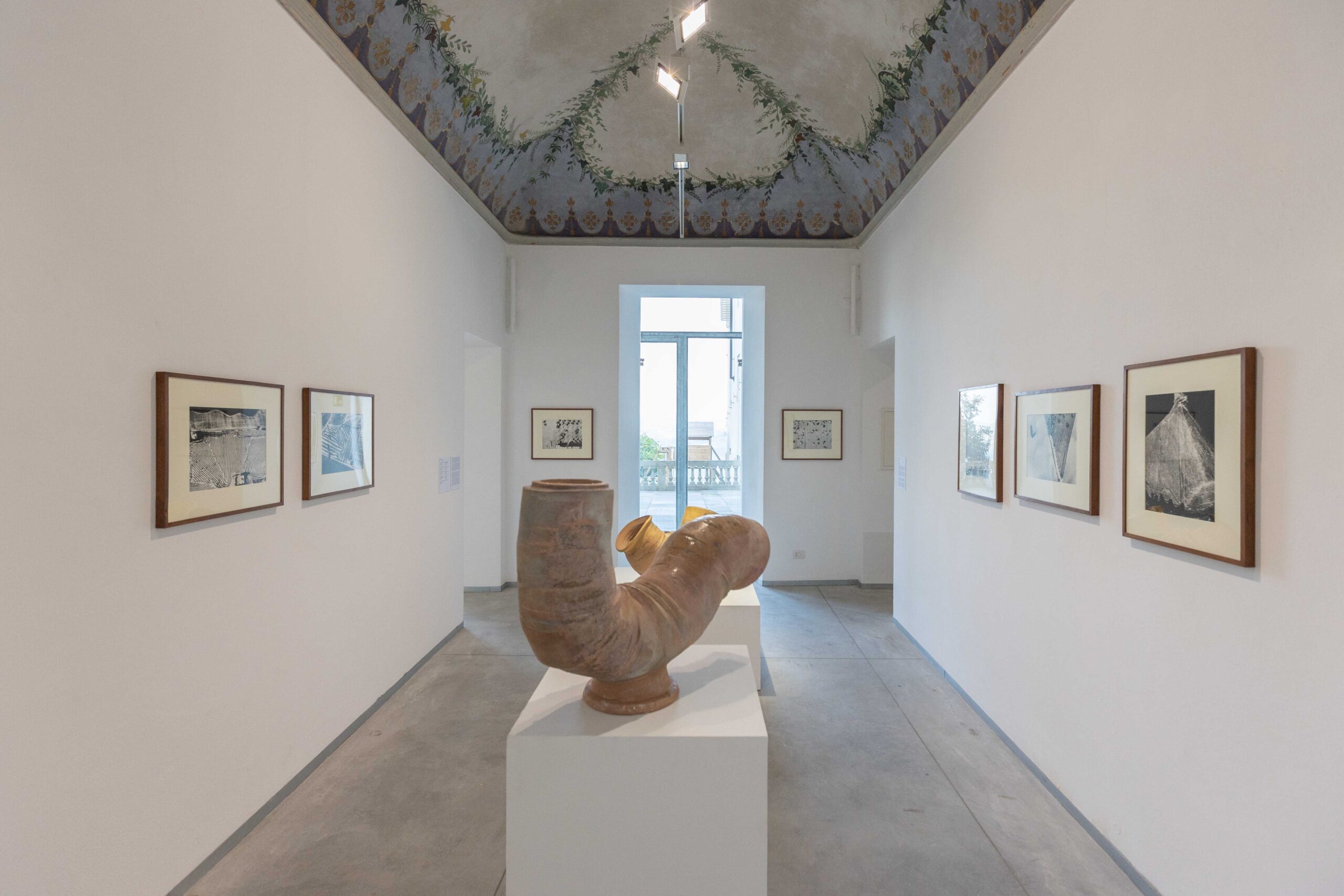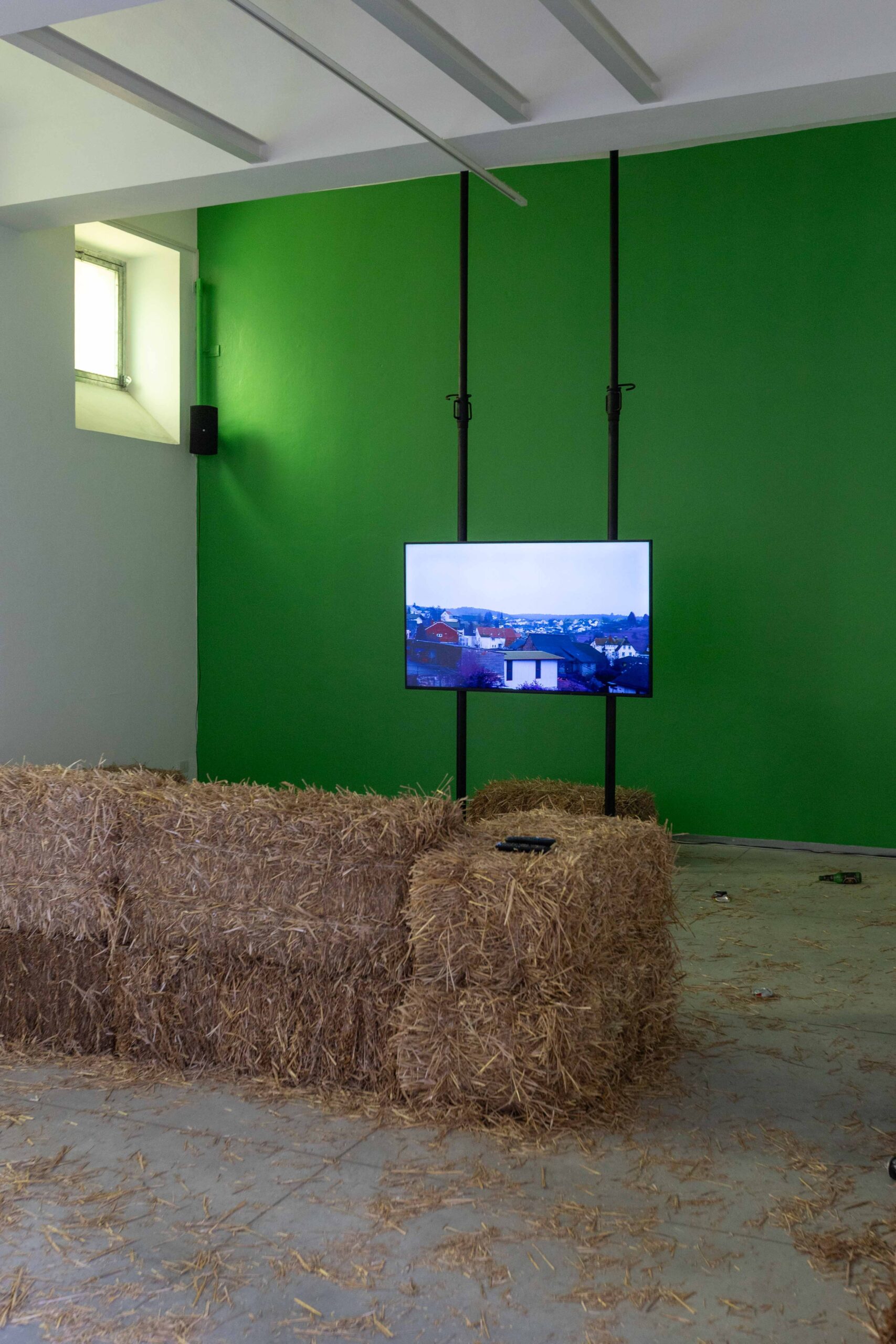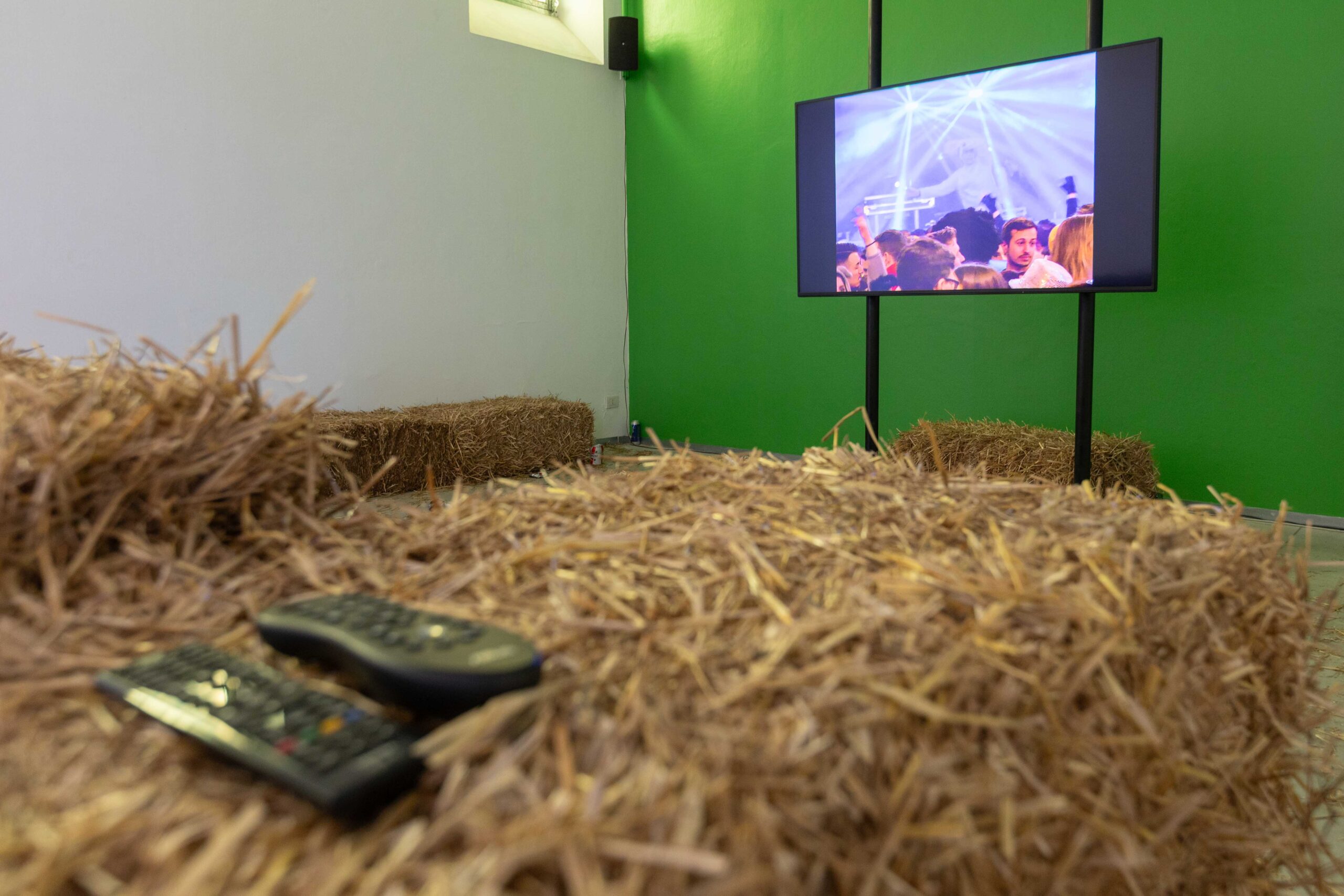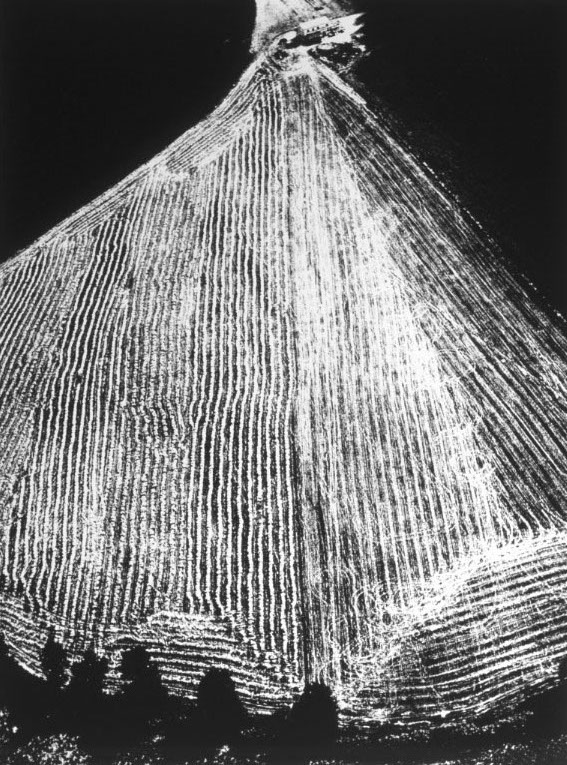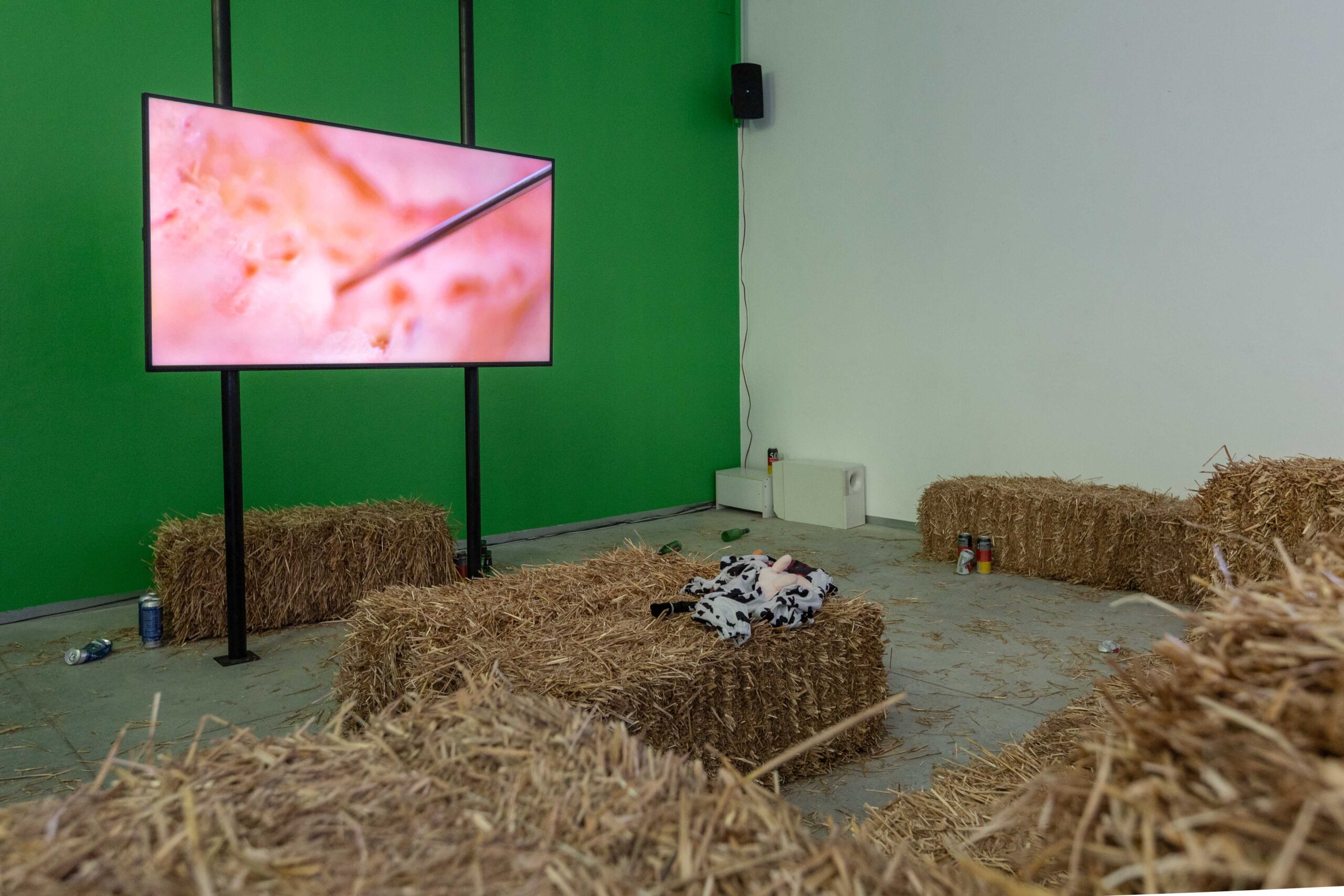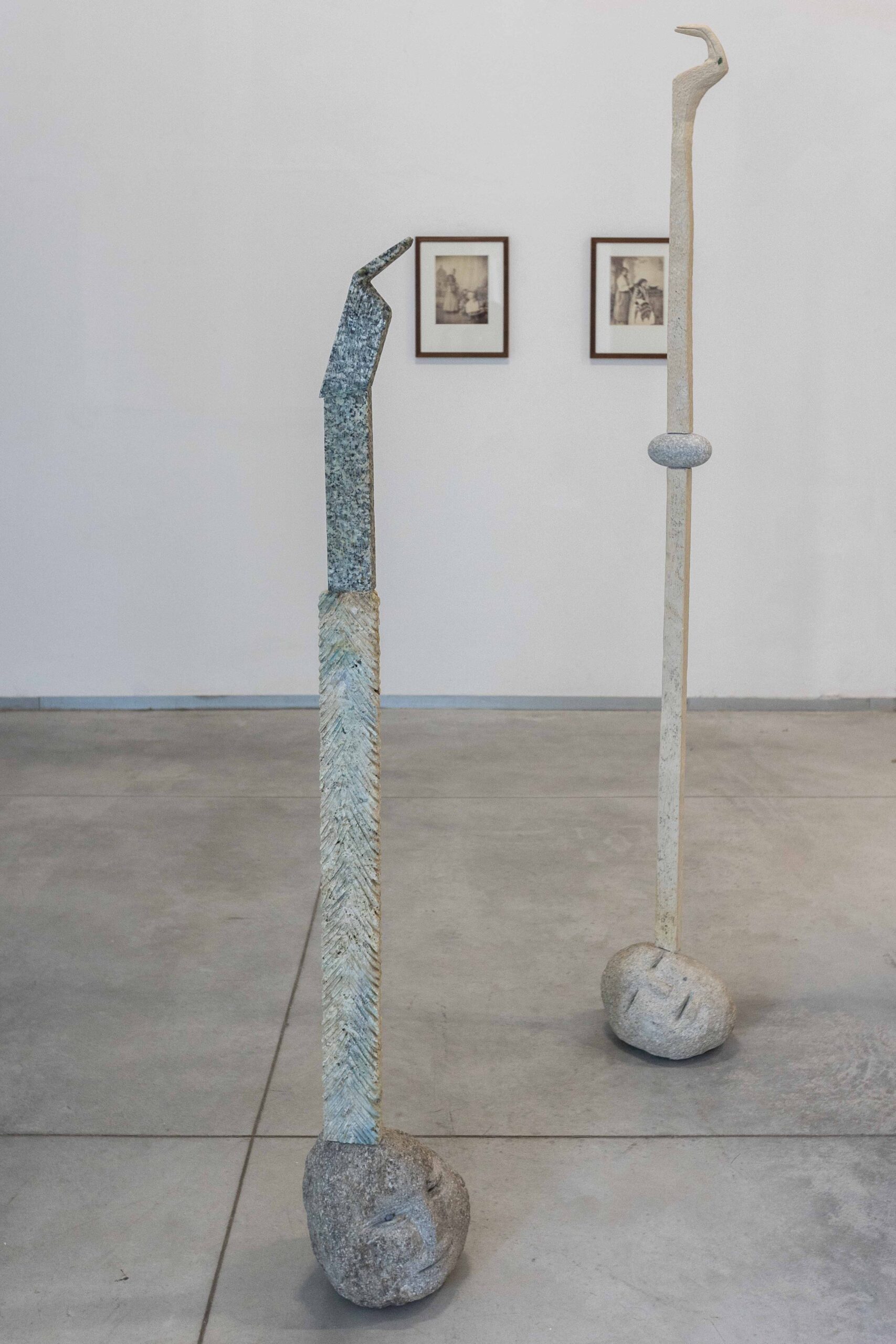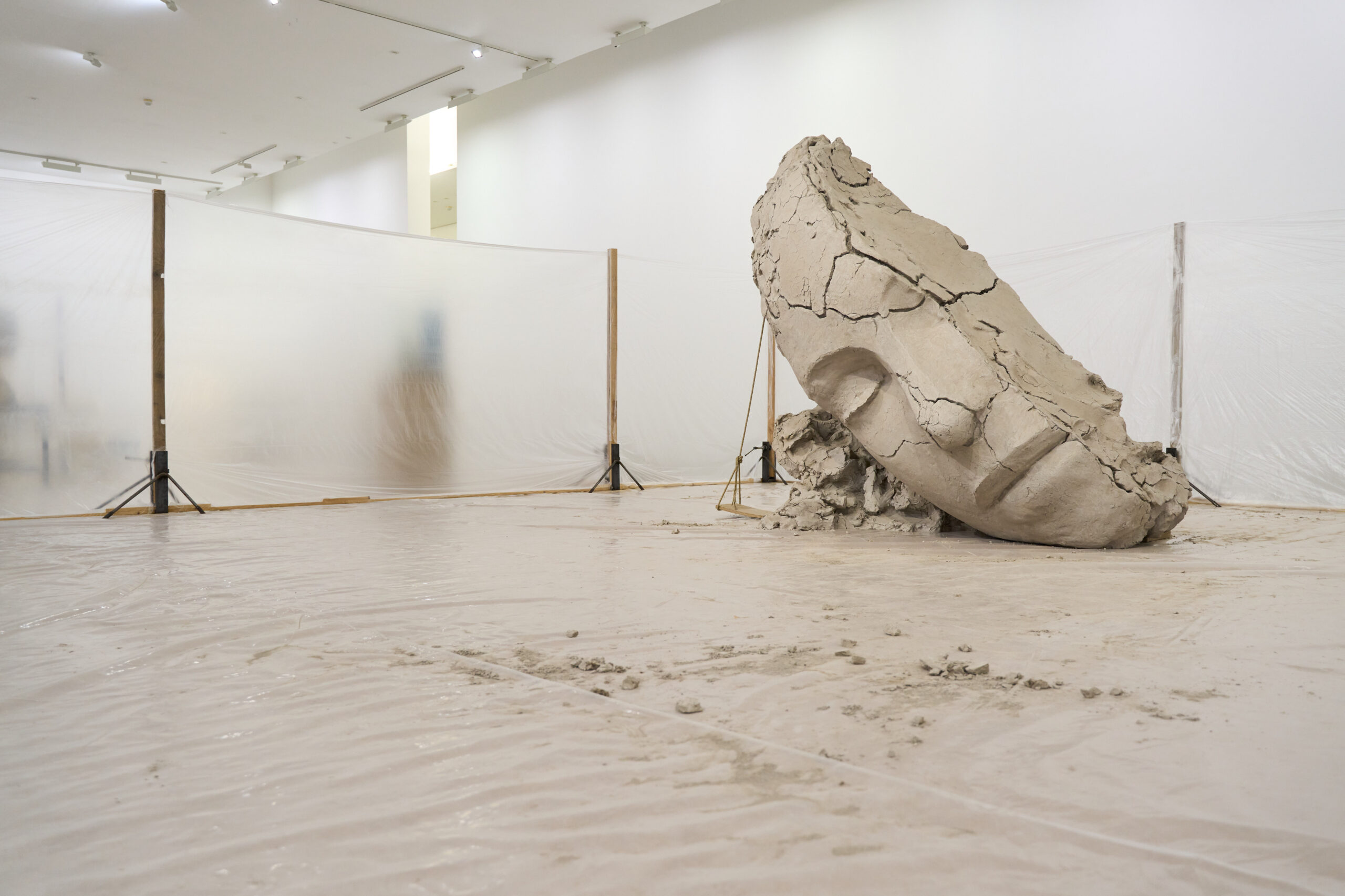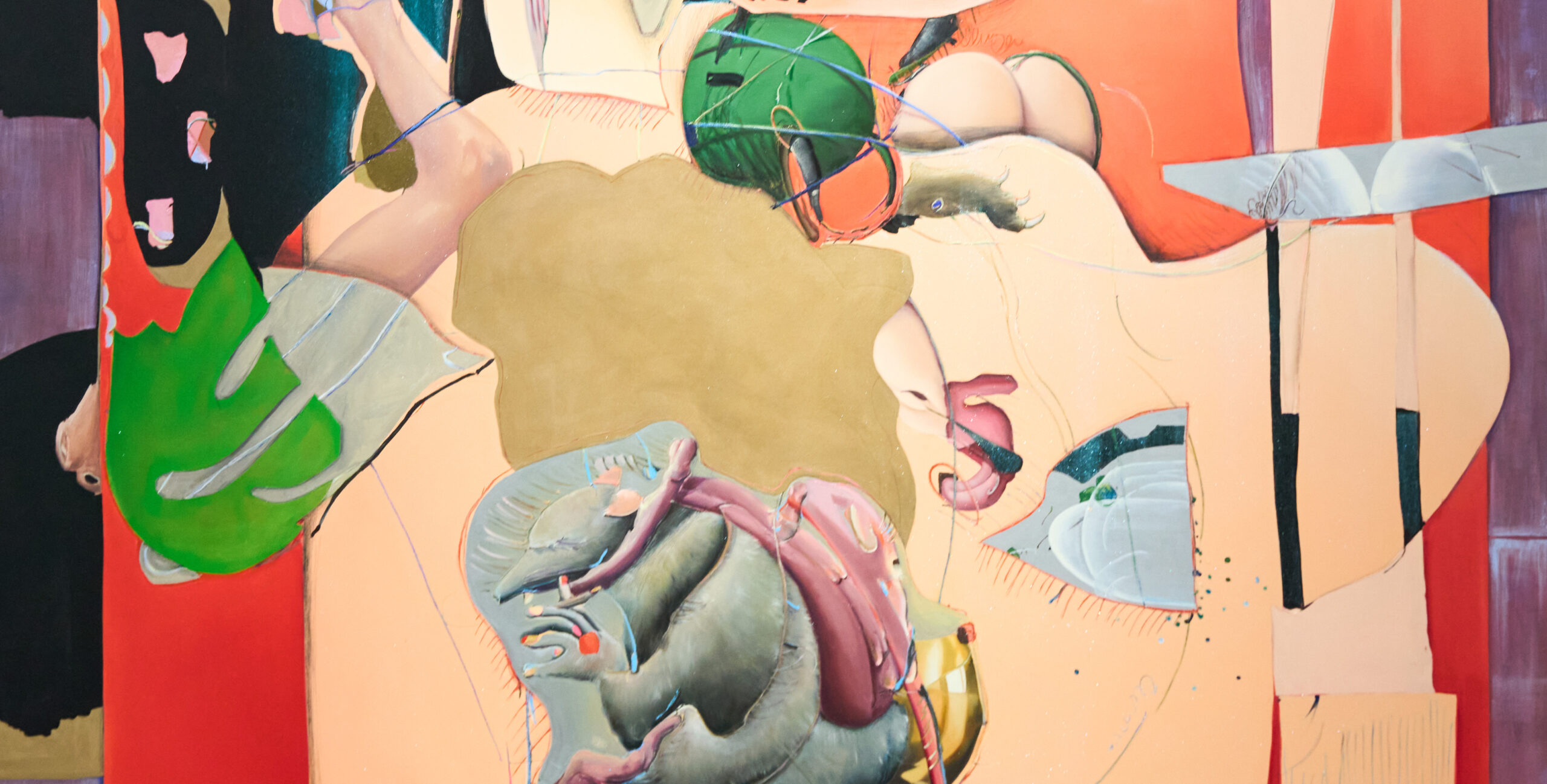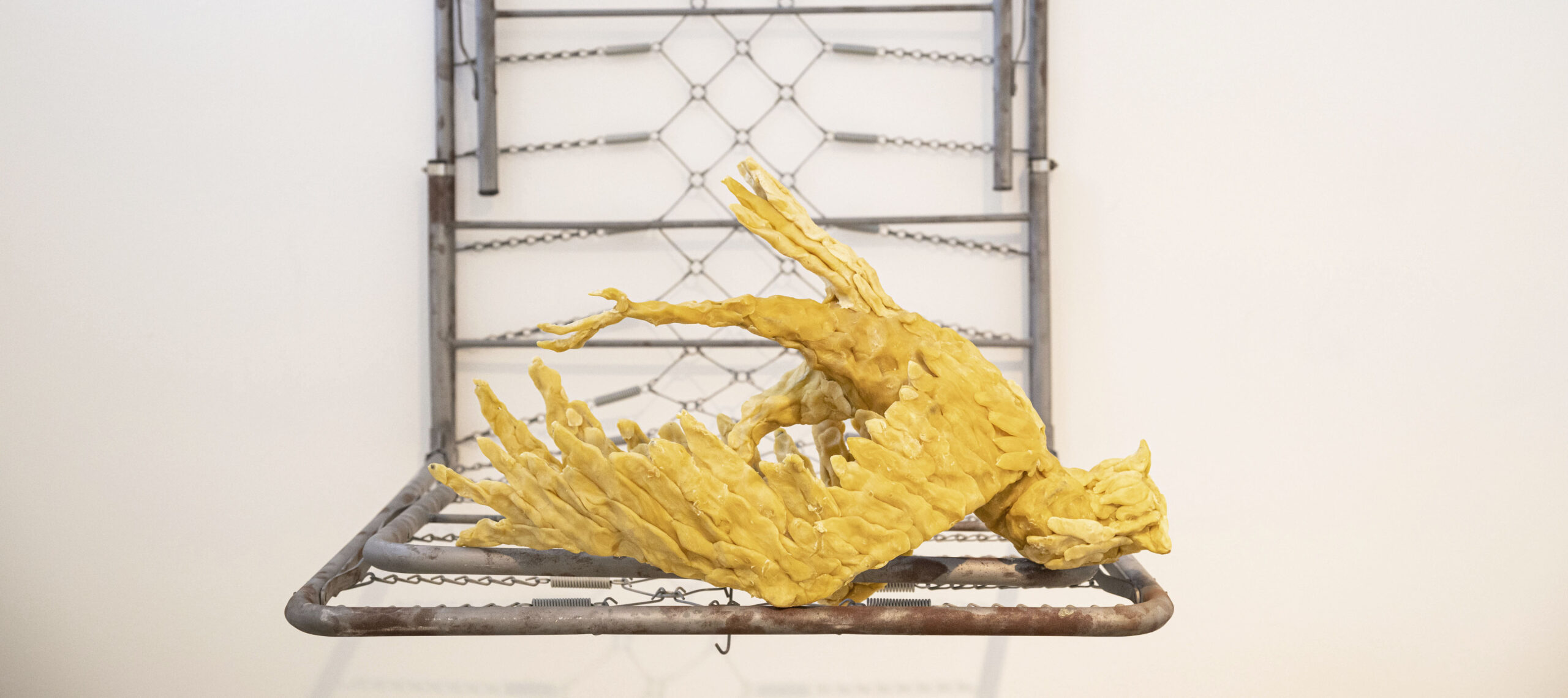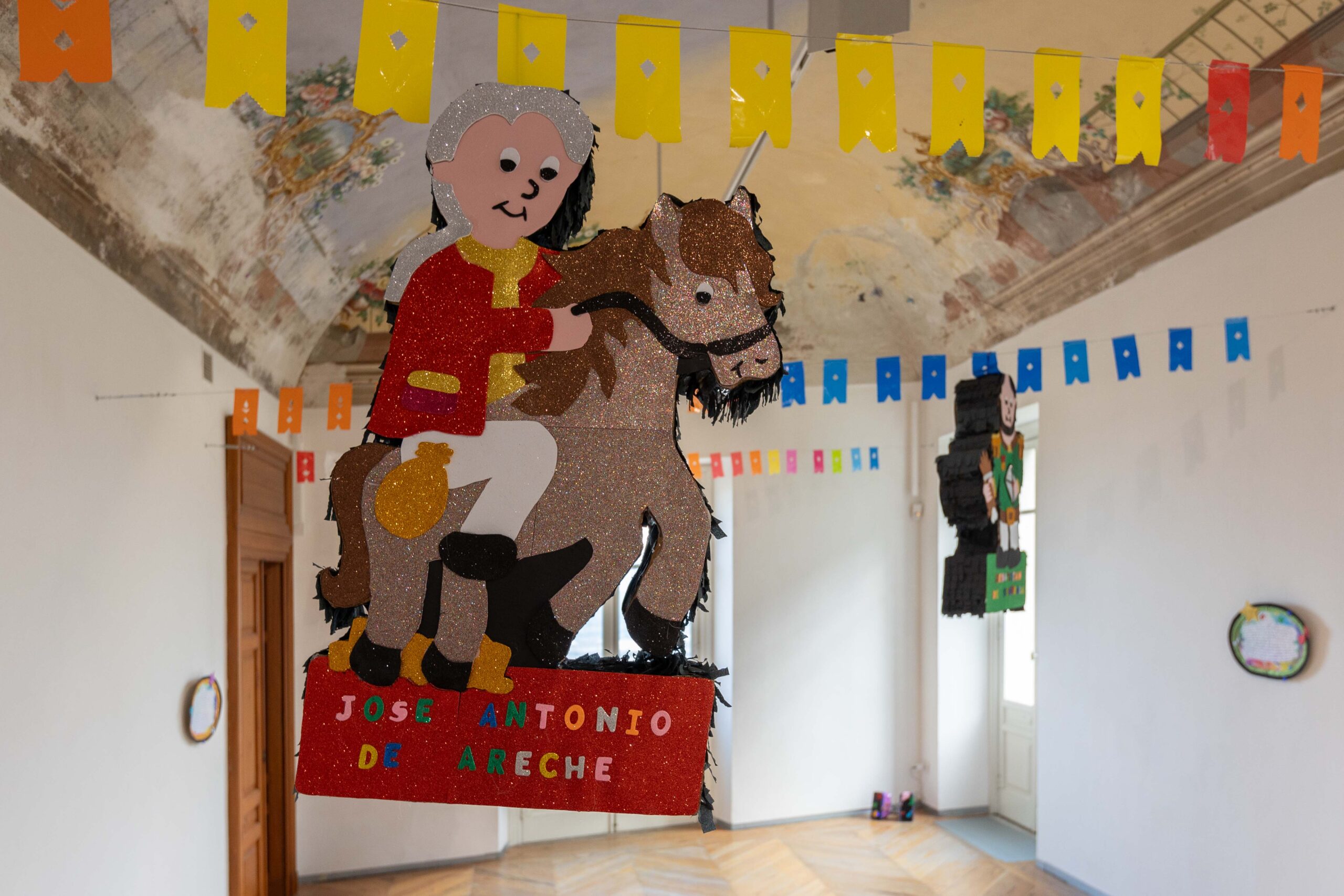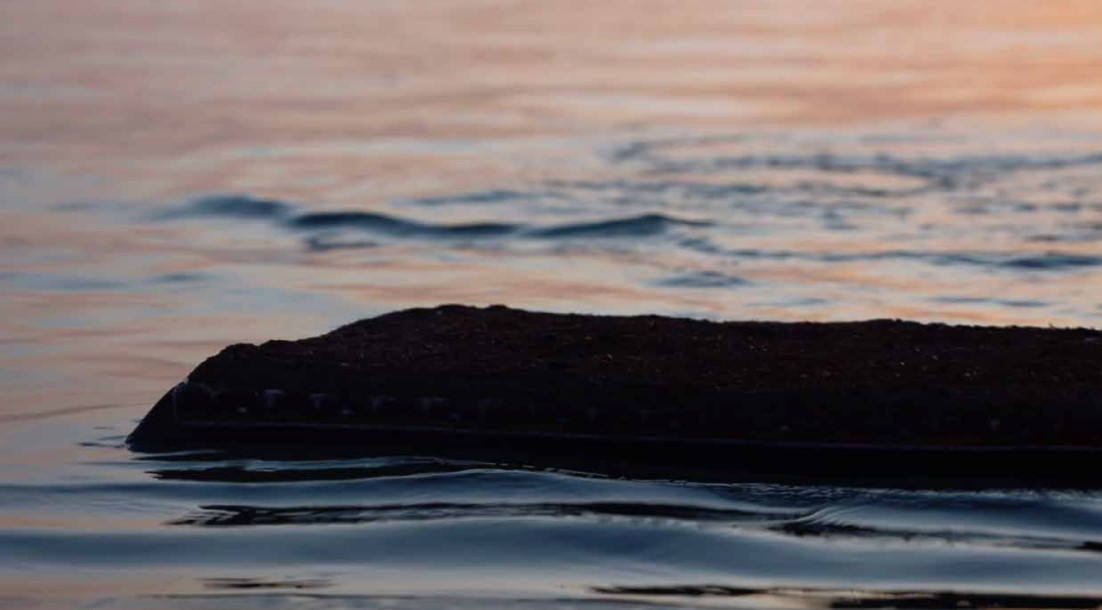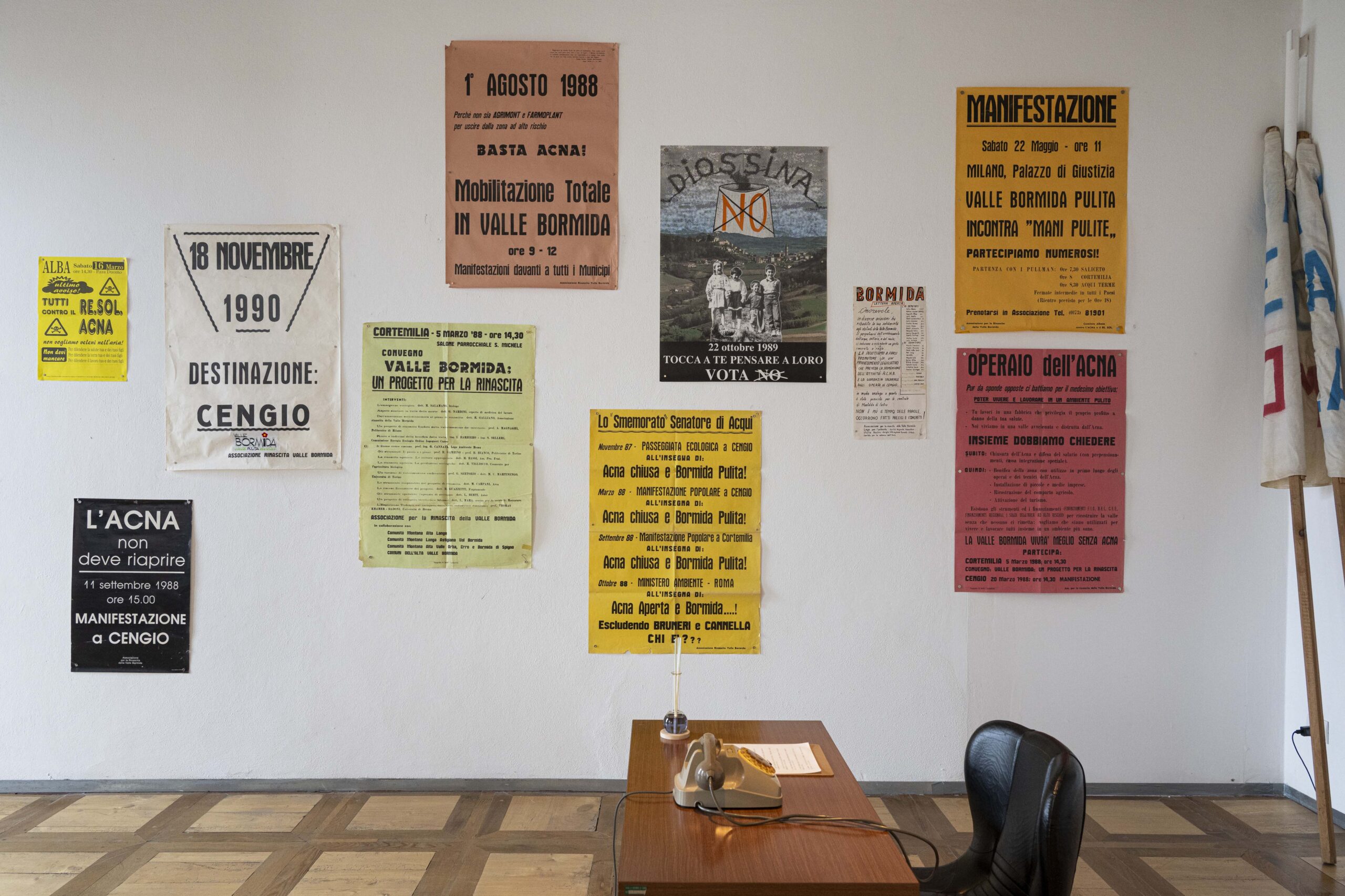Artists: Noor Abed, Massimo Bartolini, Sarah Ciracì, Mario Giacomelli, Helena Hladilová, Mauro Ledru, Marko Lehanka, Jumana Manna, Carol Rama, Athi-Patra Ruga, Eoghan Ryan, Wilhelm von Gloeden
On September 21, the Fondazione Sandretto Re Rebaudengo presents Truly Rural, a group exhibition questioning the rural imaginary from both a historical and contemporary perspective. Inspired by its setting at the Palazzo Re Rebaudengo atop the hills of Roero, the exhibition creates a dialogue between works from the Sandretto Re Rebaudengo Collection and contributions from artists of different generations.
The exhibition begins with the romantic notion of the landscape and the image of “authenticity” to reflect on the idea of the “rural” and its origins. Twelve artists explore the different factors that constitute the agricultural ecosystem, including agriculture, livestock, community life, and tourism, to shed light on the visible and invisible infrastructures, social activities, and production systems organized around specific values and economies. Through their observations, the exhibition offers an analysis of the socio-political phenomena that affect the countryside and the collective behavior of its residents; it investigates the relationship between community, descent, and belonging to highlight the private and collective anxieties that affect the social body; it examines how images of customs, traditions, and landscapes have been constructed and conveyed through romantic codes, intertwining issues of class, gender, race, and sexuality; and it proposes revisiting popular lore and folktales to construct new narratives and imaginaries.
The title of the exhibition is borrowed from Truly Rural (2019), a video installation by artist Eoghan Ryan (Dublin, IE, 1987). Placed near the exhibition entrance, the work comprises a seating arrangement made of hay bales and a video depicting the transgressive tradition of carnival in a small rural town in Germany. The social fabric of this agricultural community is corrupted by the rise of ambiguous far-right tendencies and the memories of the outbreak of mad cow disease—a metaphor for a new political contagion. The theme of illness reappears in a selection of works by Carol Rama (Turin, IT, 1918 – Turin, IT, 2015), in her series titled La mucca pazza (The Mad Cow) created in 1996, also inspired by mad cow disease. Shifting her attention from the collective drama of the news event to the effects of the disease on the animal, Rama lingered on the cow’s unnatural movements, muscle spasms, and feverish gestures to explore disease as a means to express desire. She saw, in the afflicted animals’ bodies, a constant tension between anguish and eroticism, interpreting their convulsions as ones of sexual arousal. The series features several recurring motifs of the artist’s practice, from the connection between disease, mania, and desire, to the fragmentation of the body.
From social anxieties, the exhibition shifts to the agricultural environment and its infrastructures with Mario Giacomelli (Senigallia, IT, 1925 – Senigallia, IT, 2000) and his Paesaggi (Landscapes) and Storie di terre (Stories of the Land) series, created between the 1970s and the early 1990s. Presenting aestheticized aerial snapshots, the photographs appear to document the landscape of his hometown Senigallia, when, in fact, they are plowed by local farmers according to the meticulously orchestrated compositions of land by the artist. Countering Giacomelli’s bird’s-eye view, Jumana Manna (Princeton, USA, 1987) brings the viewer underground with her two ceramic sculptures Tail and Muse (both 2021). Grounded in the Palestinian artist’s interest in the colonial legacies and paradoxes of archeology, agriculture, and law, these sculptures evoke the drainage pipes used in urban and agricultural infrastructures from ancient times to the present. Hidden behind walls and underneath floors, the pipes serve to isolate, conceal, and remove material and odors considered to be abject—and potentially contaminant—out of the sight of society.
Another theme of the exhibition focuses on the collective identity and subjectivity of “the rural,” featuring works by Massimo Bartolini (Cecina, IT, 1962), Marko Lehanka (Herborn, DE, 1961), and Athi-Patra Ruga (Umtata, ZA, 1984). Bartolini’s Untitled (1995) is composed of four photographs of the artist embedded into the soil, each image showing his body in a different position. For Bartolini, the landscape is never a mere background—indeed, his practice often relies upon the reciprocity between the artwork and its surrounding space. Lehanka’s Peasant’s Monument (1999) is a sculpture inspired by Albrecht Dürer’s drawing for a monument to the German Peasants‘ War, a popular revolt that took place in the Holy Roman Empire between 1524 and 1526. Lehanka’s version stacks agricultural tools and objects atop one another like in Dürer’s drawing, but places a peasant figure at its top that is far from heroic and, instead, resigned to its lowly position in today’s world. Ruga’s Even I Exist In Embo: Jaundiced Tales of Counter Penetration #8 (2007), belongs to a series of the same name that was created by the artist in 2007 after seeing the racist campaign posters of the Schweizerische Volkspartei, the right-wing Swiss People’s Party, in which a flock of white sheep kicks a black sheep across the border. Using his body, parody, and the aesthetics of camp, Ruga dresses as the black sheep to imagine real utopias.
In contrast to idealized Swiss landscapes of Ruga and the furrowed plots of earth of Giacomelli is a selection of images from the Sandretto Re Rebaudengo Collection archive of historical photography. With works by Mauro Ledru (Enna, IT, 1852 – Messina, IT, 1901) taken at the end of the 19th century, and Wilhelm von Gloeden (Wismar, DE, 1856 – Taormina, IT, 1931) from the beginning of the 20th century, the photographs on display feature the people and the places of Sicily. Far from neutral, these images reveal how photography was used to construct and fix identities. Ledru’s representation of local Sicilian culture, customs, and communities gain new meaning, for example, in light of the photographer’s work documenting Italy’s military and colonial conquests in Eritrea beginning in 1885. Countering Ledru’s ethnographic gaze, von Gloeden presents a highly romanticized view of the South, indulging in a pastoral imaginary of Italy dotted with ancient ruins and inhabited by farmers, shepherds, and fishermen. His subjects were almost always young Sicilian boys in sensual, if not erotic—and often, homoerotic—poses meant to recall classical Greek and Roman antiquity. Von Gloeden’s images attest to how the colonial gaze impacted not just the imaginary of Sicily, but also the bodies of its youth, and ultimately contributed to the tourist industry in Taormina.
The patina of age visible in the photographs of Von Gloeden and Ledru reappears in the video installation A Night We Held Between (2024) by Noor Abed (Jerusalem, PS, 1988). The analog format of the Super8 film evokes a sense of lost history, somewhere between archive and memory. The work is part of a trilogy dedicated to the land and folktales of Palestine, in which the artist considers folklore as a strategy of emancipation from colonialism. A Night We Held Between revisits the myth of the labyrinth to follow communities of Palestinian women in choreographed rituals through caves and underground passages, in the attempt to erase the romanticized imagery imposed upon the landscape by the West and construct a new lost memory. Interest in folklore also informs the practice of Helena Hladilová (Kroměříž, CZ, 1983), whose sculptures Toklo, Osuitok, e Qopuk (all 2022) assemble different types of marble such as Rosa Portugal, Guatemala Green, and Calcutta Viola. Resembling magic staffs or totem poles, these objects seem to concentrate the whimsy found in fairy tales and children’s imaginations into their form and color. Fantasy becomes science fiction in the work Questione di tempo (Matter of time) (1996) by Sarah Ciracì (Grottaglie, IT, 1972), an installation comprised of two drills breaking through the pavement. In line with the apocalyptic scenarios often evoked by the artist, the work seems to hint at the violent emergence of an underground machine. Almost as if taking over the palazzo, the work turns the idea of resource extraction on its head to suggest an uprising from below.
